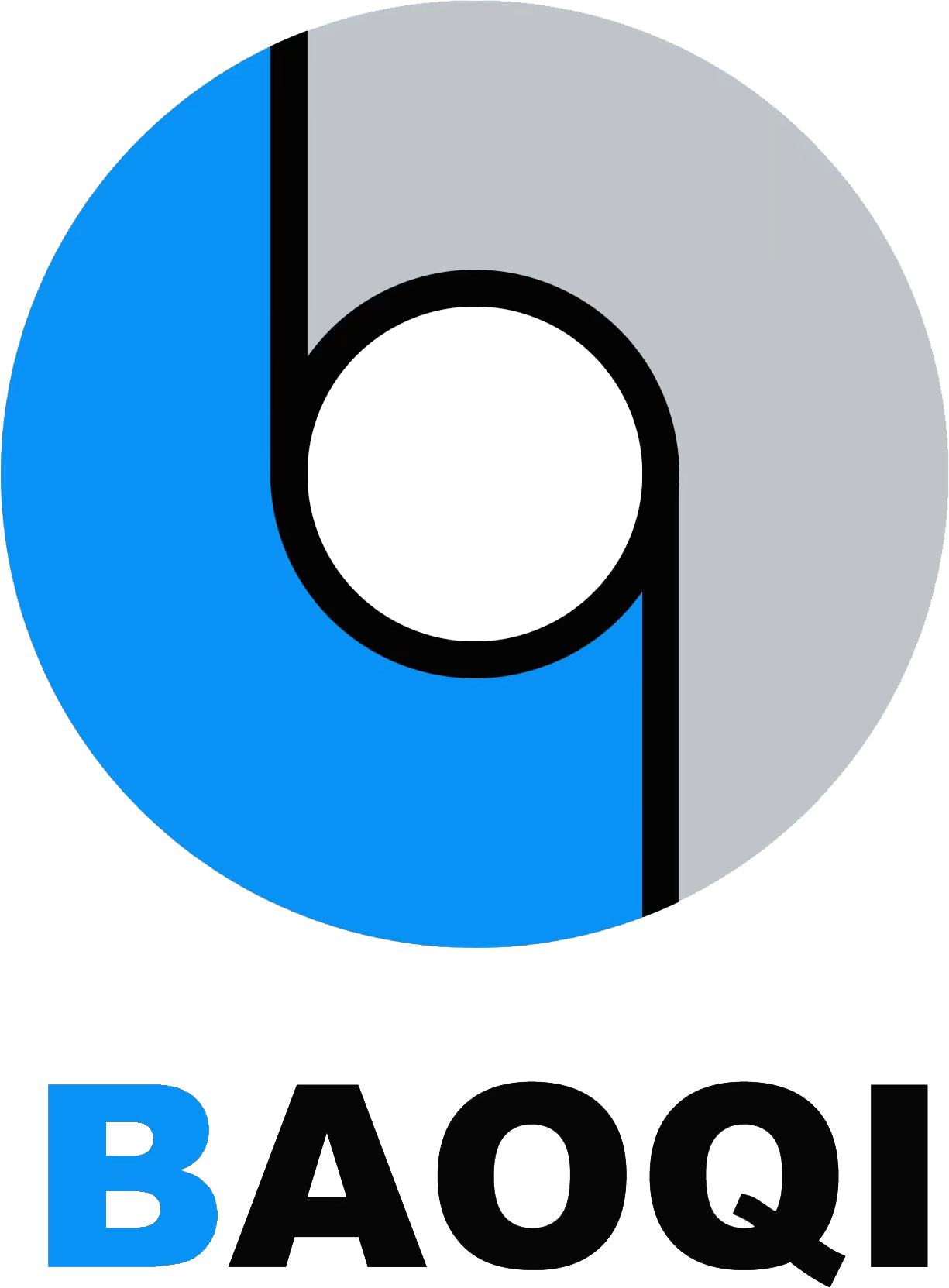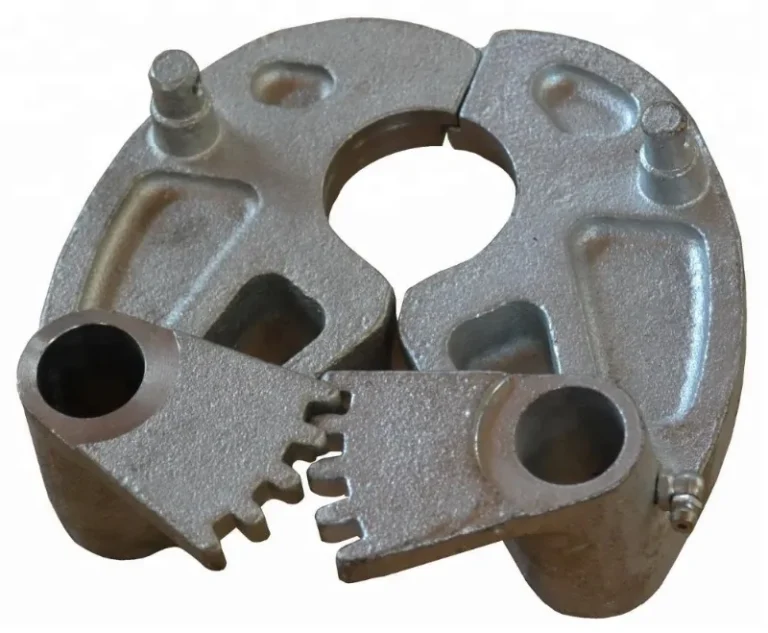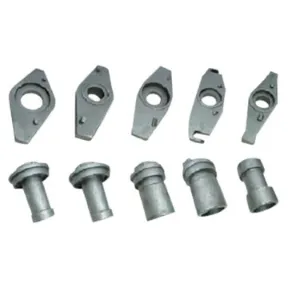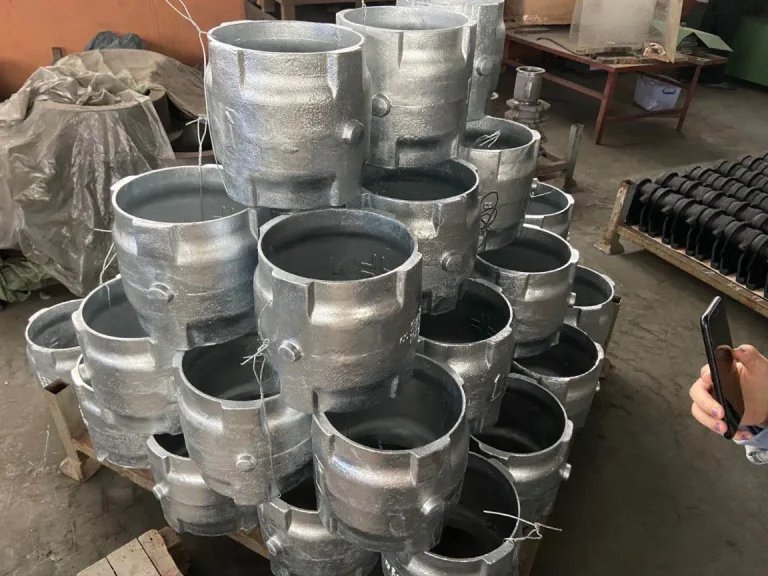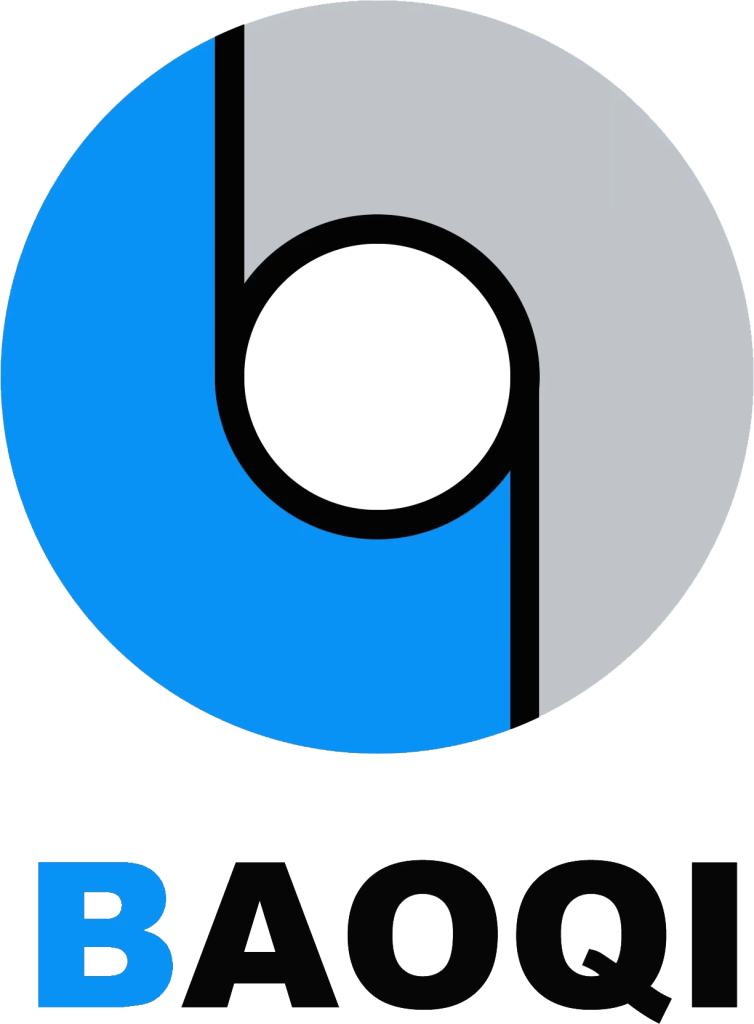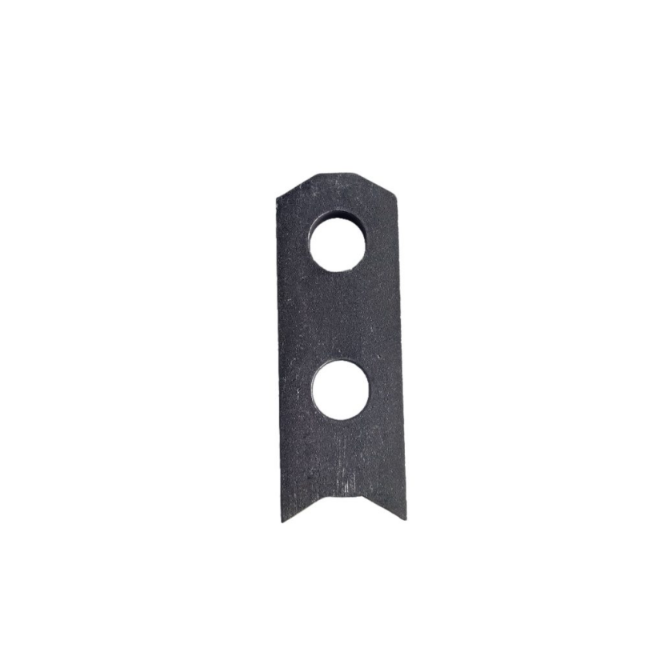
Introduction to Two Hole Anchors
Two Hole Anchors are widely used in precast concrete lifting. They have a simple design, two holes through a compact steel body, that makes them quick to install and reliable for handling small to medium concrete elements. You may not always notice them on site, but they play a big part in moving panels, slabs, and blocks safely.
BaoQi, a supplier with years of experience in lifting systems, provides a complete catalog of anchors, sockets, and lifting accessories that follow international standards. On the BaoQi homepage, you can browse the company’s entire product line and learn how Takagi has earned its reputation for consistent quality and service.
Benefits of Using Two Hole Anchors
Simple Installation
Two Hole Anchors are crafted for quick and easy setup, making them a top pick for precast concrete tasks. You simply fasten them to the reinforcement before pouring concrete around them. The double hole design keeps them steady during the pour, ensuring they stay put as the concrete hardens. This stability lowers the chance of movement, unlike some other anchor types.
Per technical sheets, Two Hole Anchors come in sizes from 1.4T to 10T, fitting various load needs. This range lets workers choose the right anchor for their job, speeding up work and saving time. The setup is so simple that even less experienced teams can use them well, leading to dependable outcomes every time.
Reliable for Thin Panels
Two Hole Anchors work great for thinner precast slabs or panels, where keeping the structure strong is key. Their design needs less depth than bigger anchors, so they’re less likely to crack panel edges.
For panels under 200 mm thick, Two Hole Anchors are often the smart choice. They offer strong lifting power without harming the panel’s strength. This makes them perfect for projects needing care, like fancy building facades or light wall systems. Their strength in thin panels means workers can lift safely without extra supports or tricky methods, keeping things smooth and safe.
Versatility in Small Projects
For home or small business projects with lighter wall sections, Two Hole Anchors are a budget friendly and flexible option. They provide enough strength for everyday lifting without the high cost of bigger anchors, which might be too much for these jobs.
Many project leaders see Two Hole Anchors as a trusty tool for moving precast parts like walls or small panels. Their mix of power, low cost, and ease makes them great for projects where saving money and time matters. Whether in housing builds or medium-sized business projects, Two Hole Anchors perform well, ensuring safe and quick lifting without extra hassle or expense.
Limits of Two Hole Anchors
Load Restrictions
Even though Two Hole Anchors are reliable, their Safe Working Load is limited. The JCD catalog lists maximum ratings up to around 10 tons. For larger elements, you need alternatives like Erection Anchors.
Sensitivity to Load Direction
These anchors work best with vertical lifting. If you pull at a big angle, the capacity drops quickly. This is a known challenge across sites worldwide, often leading engineers to specify other types for angled lifts.
Not Ideal for Edge Placement
Anchors placed too close to panel edges may cause cracking during lifting. The bottom hole usually needs to pair with a tension bar to spread the load. Without reinforcement, the anchor can pull out, especially in thin slabs.
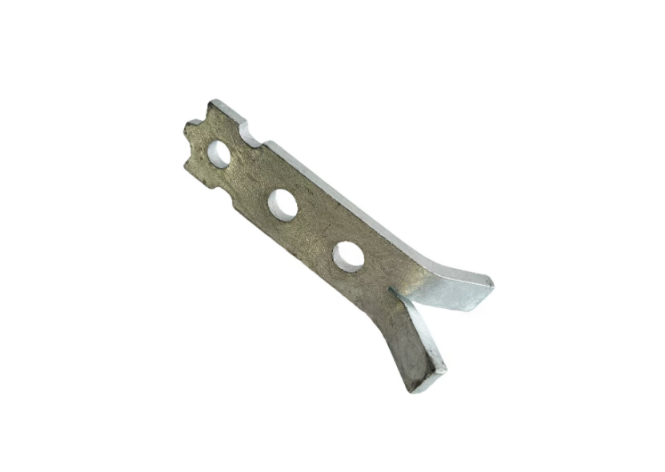
Best Practices for Installing Two Hole Anchors
Positioning and Reinforcement
Mark the exact location before pouring. Keep enough concrete cover from edges. Always secure the anchor to rebar, especially by threading a tension bar through the lower hole to distribute stress deep into the panel.
Concrete Quality
Manufacturers recommend minimum compressive strengths, typically 25–30 MPa. Lifting too early, before full curing, reduces safety. You should also vibrate concrete around the anchor to avoid air pockets.
Inspection Before Use
After curing, clean recesses and inspect anchors. Look for misalignment or concrete cracks around the edges. Attaching lifting clutches to debris filled recesses is a common but dangerous mistake.
When to Choose Alternatives
Switching to Erection Anchors
For heavier panels above 10 tons or for panels requiring angular lifts, the Erection Anchor is a better match. Its longer body and higher capacity provide safety margins Two Hole Anchors cannot reach.
Using Spread Anchors
Spread Anchors distribute loads over larger areas. For thin or delicate panels, they reduce risk of edge failure. Catalog data shows models like JSA100300 capable of handling up to 10 tons with improved safety.
Flat Plate and Other Options
For certain façade or thin walled projects, plate anchors or flat plate anchors are also viable. These alternatives give you higher shear resistance and are less sensitive to placement errors.
How BaoQi Supports Precast Projects
BaoQi offers more than just products. They test every product against ISO-9001 quality standards before shipping.
If you need project specific advice, it is easy to reach BaoQi engineers. Many international buyers value this support because lifting safety is not an area where you can take chances.
FAQ
Q1: What is a Two Hole Anchor mainly used for?
A: It is mainly used for lifting and handling thin or medium precast concrete panels safely in vertical lifts.
Q2: Why is reinforcement important for Two Hole Anchors?
A: Reinforcement, such as tension bars, spreads load deeper into concrete and prevents pull out during lifting.
Q3: Can Two Hole Anchors handle angled lifts?
A: They can, but capacity reduces sharply at large angles. For such cases, Erection Anchors are safer.
Q4: What are common mistakes with Two Hole Anchors?
A: Placing them too close to edges, ignoring load charts, and lifting before concrete reaches proper strength.
Q5: Where can you get reliable Two Hole Anchors?
A: You can source tested and certified models directly from BaoQi, which offers a full range of lifting hardware for global projects.
